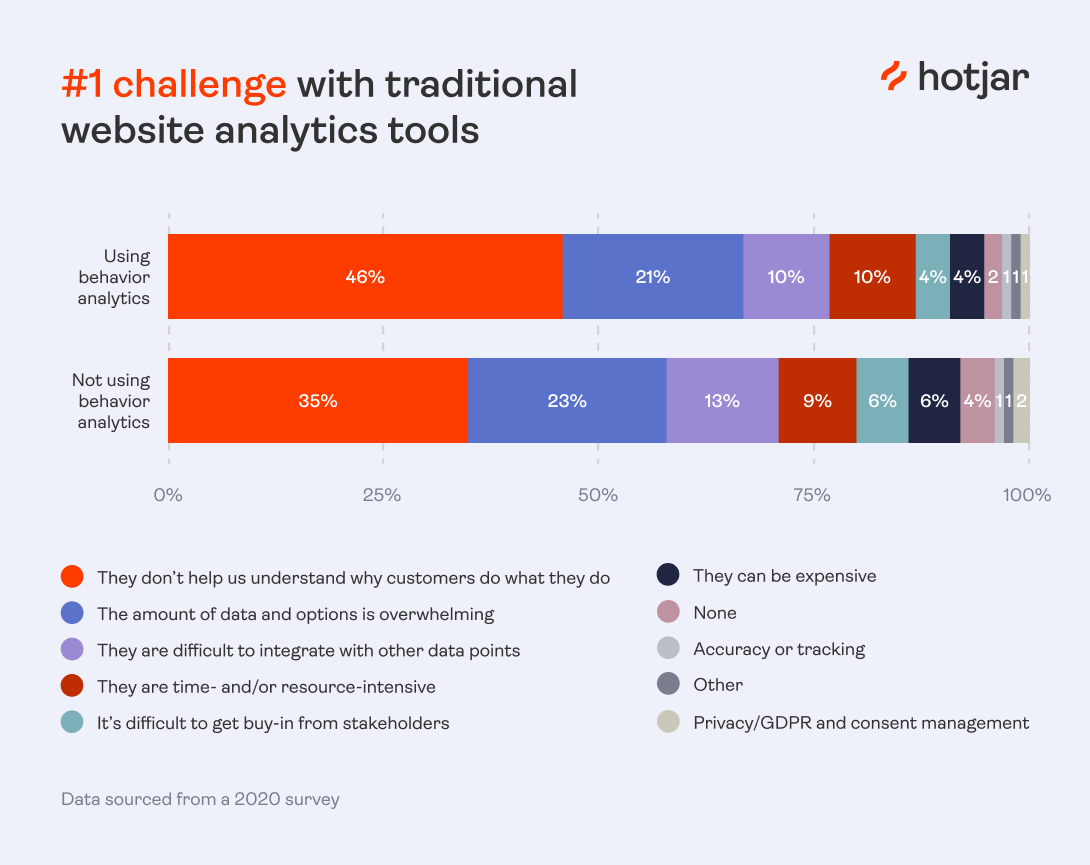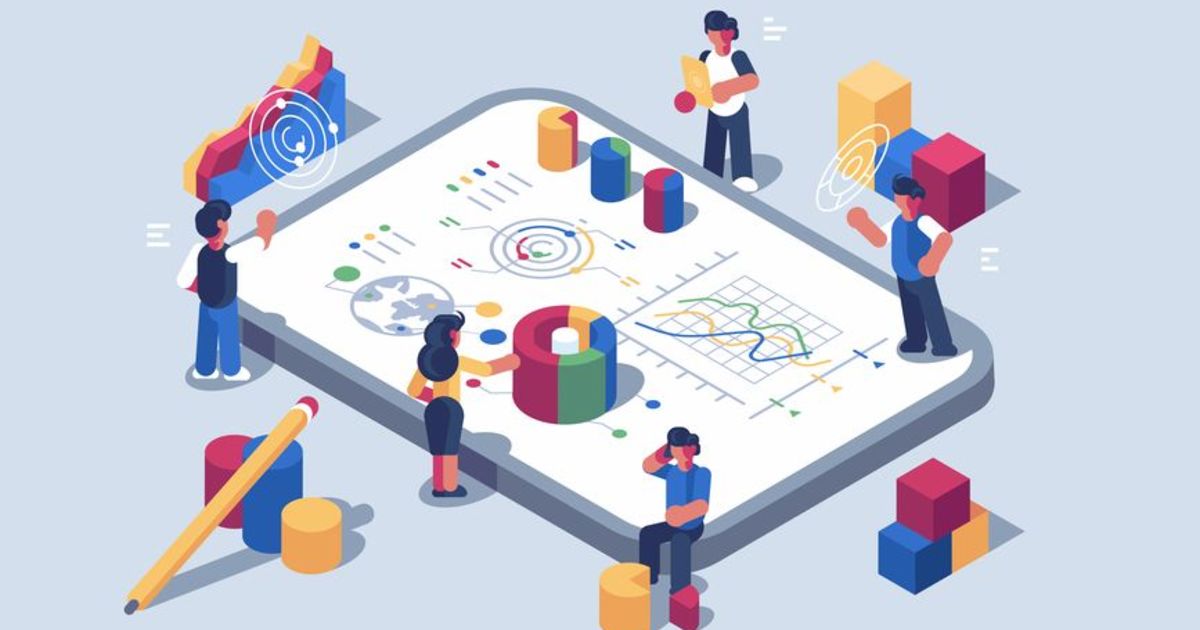Boost Efficiency and Success Through Data Analytics
In today's data-driven landscape, organizations are significantly identifying the crucial duty of data analytics in improving functional efficiency and profitability. By systematically analyzing data, companies can uncover vital understandings that inform critical decisions, streamline processes, and tailor consumer experiences (Analytics). Nonetheless, the challenge lies not only in the application of these logical tools but likewise in understanding exactly how to convert information into actionable results. As we discover the nuances of efficient data-driven methods, the ramifications for both temporary gains and lasting success become significantly clear. What might these insights expose for your company?
Understanding Information Analytics
In today's data-driven landscape, comprehending data analytics is essential for companies intending to enhance functional performance and drive success. Information analytics involves the systematic computational evaluation of information sets to reveal patterns, correlations, and insights that notify decision-making. By employing different strategies, such as statistical analysis, artificial intelligence, and anticipating modeling, organizations can change raw data right into workable knowledge.
The procedure generally begins with information collection, where appropriate info is collected from multiple resources, consisting of transactional databases, customer communications, and market fads. This information is after that cleansed and organized to make sure accuracy and consistency. As soon as the data is prepared, analytical tools and software program are used to check out and imagine the info, enabling stakeholders to recognize fads and abnormalities.
Ultimately, understanding information analytics equips companies to make enlightened decisions based on empirical evidence rather than instinct. It facilitates targeted approaches that can enhance source allowance, enhance customer complete satisfaction, and improve overall efficiency. As organizations significantly acknowledge the worth of data-driven insights, a strong grasp of data analytics ends up being a critical competency for groups and leaders alike, positioning them for continual success in a competitive atmosphere.

Secret Benefits for Organizations
Businesses that leverage information analytics can open a wide range of advantages that substantially enhance their procedures and productivity. One of the key benefits is improved decision-making. Data analytics supplies actionable understandings stemmed from real-time information, enabling organizations to make informed options that straighten with market demands and customer choices.

Additionally, data analytics promotes boosted client experiences. By understanding consumer actions and choices, organizations can customize their offerings, causing increased complete satisfaction and loyalty. This personalized technique often results in greater conversion prices and repeat company.
Additionally, data analytics enables organizations to recognize emerging possibilities and patterns. By remaining in advance of the contour, companies can maximize brand-new markets and technologies prior to their click site competitors.
Carrying Out Data-Driven Techniques
Successful application of data-driven methods calls for a thorough understanding of both organizational objectives and available information sources. Organizations should first specify their purposes clearly, guaranteeing positioning in between data campaigns and tactical goals. This clearness makes it possible for teams to concentrate on relevant metrics and insights that drive decision-making.
Top notch information is essential for accurate evaluation, as poor information can lead to misguided approaches and thrown away sources - Analytics. Organizations must establish procedures for information collection, cleansing, and administration to maintain information stability.
Moreover, cultivating a data-driven society is essential. Staff members in any way degrees need to be urged to utilize data in their day-to-day operations. Training programs and workshops can enhance data proficiency, encouraging personnel to make enlightened decisions based upon analytical understandings.
Devices and Technologies Introduction
A robust collection of devices and technologies is crucial for look at this web-site companies intending to harness the full capacity of data analytics. These tools assist in the collection, handling, and visualization of information, enabling services to acquire workable understandings.
At the foundational degree, information administration systems such as SQL data sources and NoSQL systems supply effective data storage space and retrieval capacities. For information handling and analysis, programs languages like Python and R, along with frameworks such as Apache Spark, enable intricate computations and artificial intelligence applications.
Visualization devices, consisting of Tableau and Power BI, check this transform raw data right into user-friendly visual formats, making understandings available to stakeholders in any way degrees. Furthermore, cloud-based platforms like Google Cloud and AWS supply scalable storage space and handling solutions, suiting the growing quantities of information companies encounter.
For advanced analytics, anticipating modeling and AI-driven services are progressively embraced, permitting companies to forecast patterns and enhance decision-making procedures. Incorporating these tools into existing operations is critical; organizations that effectively utilize this technology can dramatically enhance functional performance and drive success. Therefore, buying the right devices and innovations is a critical important for any kind of data-driven organization.
Study of Success
Leveraging data analytics has actually led many organizations to attain exceptional renovations in performance and productivity. One remarkable case is a big retail chain that carried out anticipating analytics to enhance supply administration. By analyzing historic sales data and customer trends, the firm decreased excess supply by 30%, leading to considerable price financial savings and enhanced capital.
An additional example can be discovered in the manufacturing industry, where a leading automobile producer made use of information analytics to boost its production processes. By checking device performance in real-time, the company determined inefficiencies and traffic jams, resulting in a 20% rise in total equipment effectiveness (OEE) This not just increased production rates however likewise decreased downtime and upkeep prices.

These study illustrate just how data analytics can drive critical decision-making, maximize procedures, and ultimately boost both effectiveness and earnings across numerous markets.
Conclusion
In conclusion, the assimilation of information analytics into business procedures offers substantial possibilities for boosting performance and profitability. By systematically analyzing data, organizations can determine inefficiencies, maximize customer experiences, and make educated decisions.
In today's data-driven landscape, understanding information analytics is crucial for companies aiming to enhance functional effectiveness and drive success. Information analytics includes the methodical computational evaluation of data sets to uncover patterns, relationships, and understandings that notify decision-making. Information analytics offers workable understandings derived from real-time data, enabling businesses to make informed options that straighten with market needs and consumer choices.
Top quality data is vital for exact analysis, as inadequate information can lead to illinformed approaches and lost sources. Organizations should establish procedures for information collection, cleaning, and monitoring to preserve information stability.